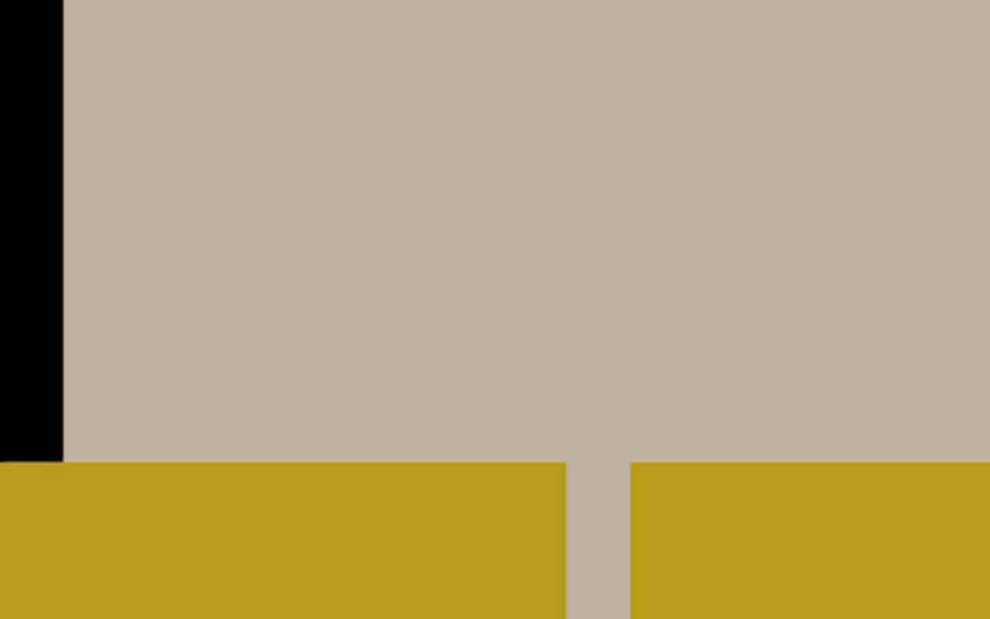Beyond the Anthropocene: Rethinking the City Through the Lens of Critical Urban Theories
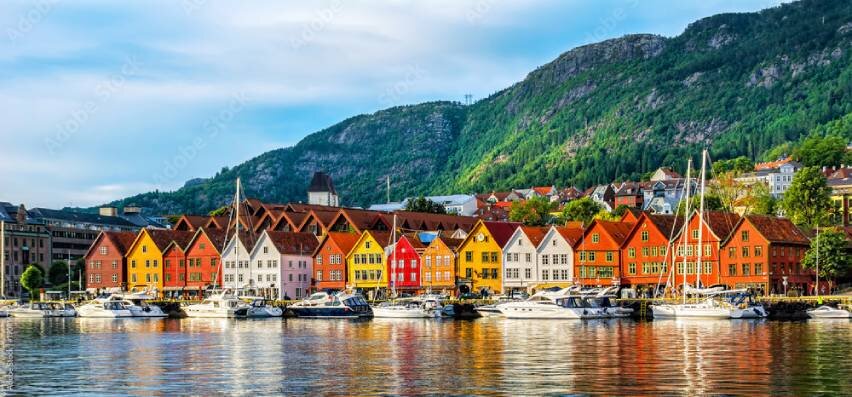
Confluencing urban thought to rethink the city: a post-Anthropocene discussion in the making. As the planet increasingly heats up and global urbanisation massively intensifies spatially and proportionately, there is a dire need to rethink what the city is, what it can be and how it can be conceptualised in a way that allows humanity to survive the Anthropocene and enter a post-Anthropocene future.
The project “Confluencing urban thought to rethink the city: Franco-Nordic conversations” considers the dual planetary crisis of climate change and urbanisation through a multi-format critical dialogue across the intellectual streams concerned with the city and the urban in the Franco-Nordic context. The central aim of this project is to establish a confluence where the metaphor of the meeting of rivers should be taken to mean the fertile conjoining of dynamic streams of thought.
Specifically, the project asks: Which theoretical models can be mobilized in the construction of a critical approach of the city and, more precisely of a post-Anthropocene discussion in the making?
In certain urban contexts and while taking into account the temporal thickness and layering of cities and, specifically, the temporalities in which the practices of actors are taking place, our approach would consist of mapping and studying the extent to which the social and the spatial are associated or enter into dissonance at various urban scales.
This project considers the dual planetary crisis of climate change and urbanisation through a multi-format critical dialogue across the intellectual streams concerned with the city and the urban in the Franco-Nordic context.
In this perspective, an important point is to question the objects and forms and modes of appropriation in the existing city. Further, we will also probe the city-to-come, i.e. what the urban will be becoming, thus mapping and exploring what is potentially appropriable by the actors, regardless of the nature or spatial configuration in which the modes of appropriation of the city are carried out. In this perspective, the city can be seen as the tangible support of continuous transformation where—“a setting in intrigue of the social world” unfolds, as Paul Veyne emphasizes. However, it can also be important to approach the city in its discrete manifestation, and less obvious ways, because the urban researcher can be confronted with the presence of ambiguous, ambivalent fieldworks: As Gilles Deleuze and Claire Parnet make clear in Dialogues, “there are becomings which operate in silence which are almost imperceptible1”.
This dual focus, then, on both the tangible and visible and the “almost imperceptible” makes for a comprehensive approach to the urban and one apt for confluencing and comparative purposes.
This once again brings us back to the question of temporality—i.e. the time of the urban and what is revealed at the same time as the urban and its spaces is in the process of being made. One way of detecting these potential future cities—"The city yet to come” as urban theorist AbdouMaliq Simone2, famously called them—is to transpose the “hint method” (méthode indiciaire) of micro-historians, specifically that of Italian historian Carlo Ginzburg, to the city3. This approach has itself been reappropriated in, for instance, French anthropology by Alban Bensa4. We follow Ginzburg in our understanding of the urban or of the city, that emerges through the search for clues (indices) in an articulation between the social and spatial. In our project, we further work through the notion of a track, which implies both a territory and actions.
Questioning this city in the making is going beyond the genealogy of existing critical urban thought in an attempt to reconfigure it in the light of more recent work in the Nordic context (see the work of Bjørn Bertelsen and Morten Nielsen) or that of Thomas Hylland Eriksen, which examines the tensions at work in the contemporary city. Times of crisis and trouble create forms of dislocation, dispossession and fragmentation of the city. And the challenges that confront urban configuration in the Nordic countries, France and the world outside Europe are, indeed, complex and frightening—not least as they are propelled by Anthropocenic climate change and, often, urban forms of politics oriented towards fragmentation, commodification and consumerism. While not disregarding these challenges, the methodological approach we propose would lead us to find what connects the actors in the urban space, through a common narrative in which they recognize each other. These discourses where temporalities—but also representations —of the city confluence in various ways, underpins both the actions in (urban) territories we will identify, as well as our assessment of the long-term forms of resonances, exchange of ideas and inspiration that have developed across the spaces of France and the Nordic countries.
1. Gilles Deleuze and Claire Parnet, Dialogues, Paris, Flammarion, 2007.
2. AbdouMaliq Simone, For the city yet to come, Berkeley, Duke University Press, 2004.
3. Carlo Ginzburg, Mythes, emblèmes, traces. Morphologie et histoire, Paris, Flammarion, 1989.
4. Alban Bensa, La fin de l’exotisme, Essais d’anthropologie critique, Paris, Anacharsis, 2006.
Article published in the second issue of the Journal de la FMSH.


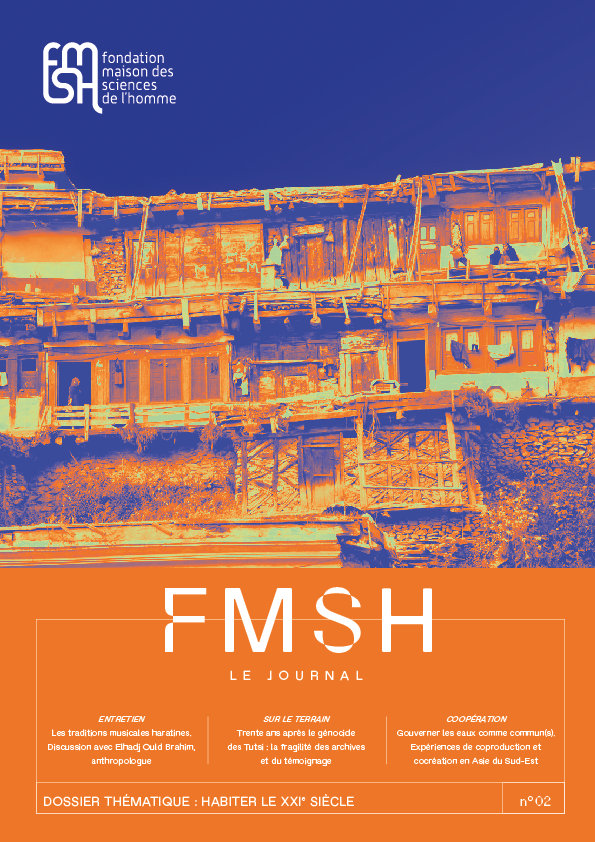
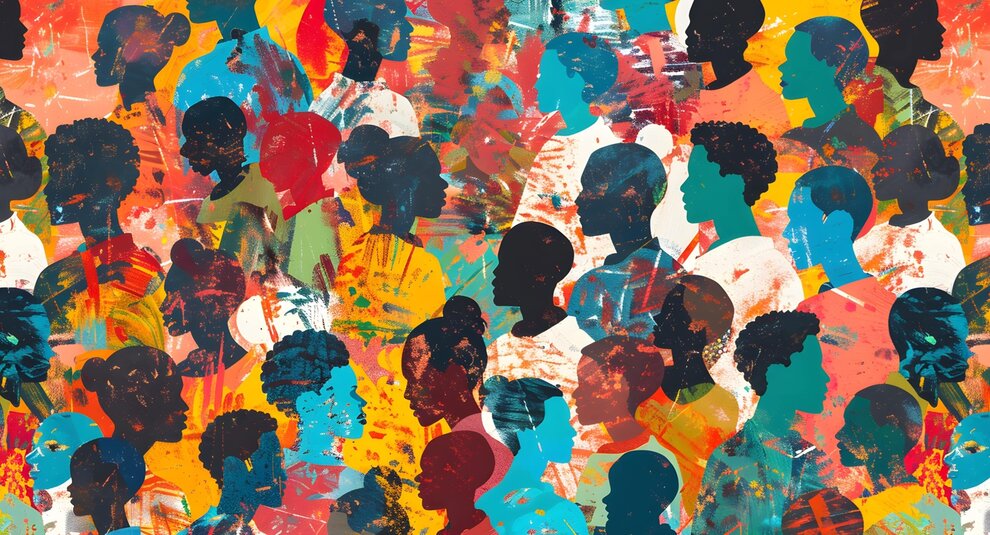
Ce que la question du genre dit des sociétés
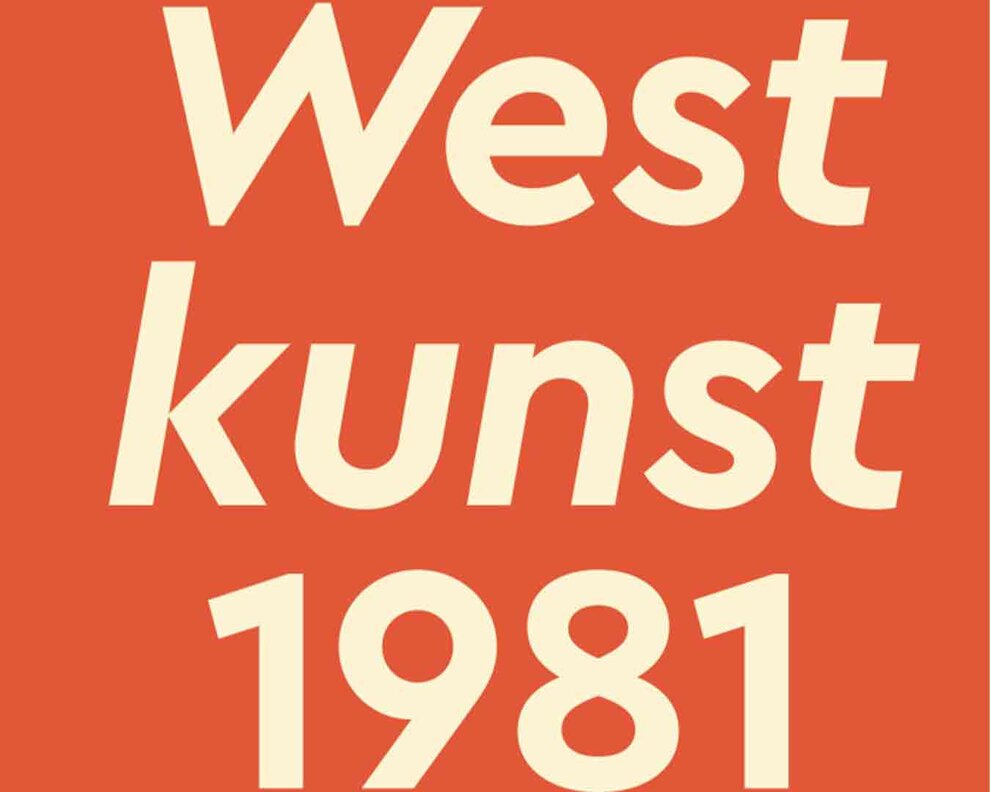
Westkunst, 1981
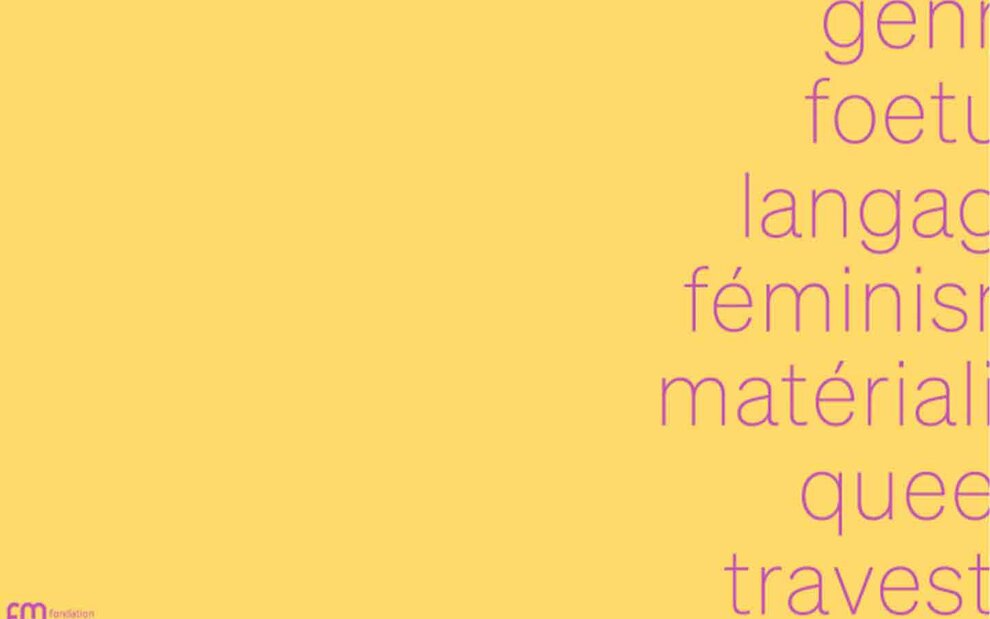
Le corps du genre
